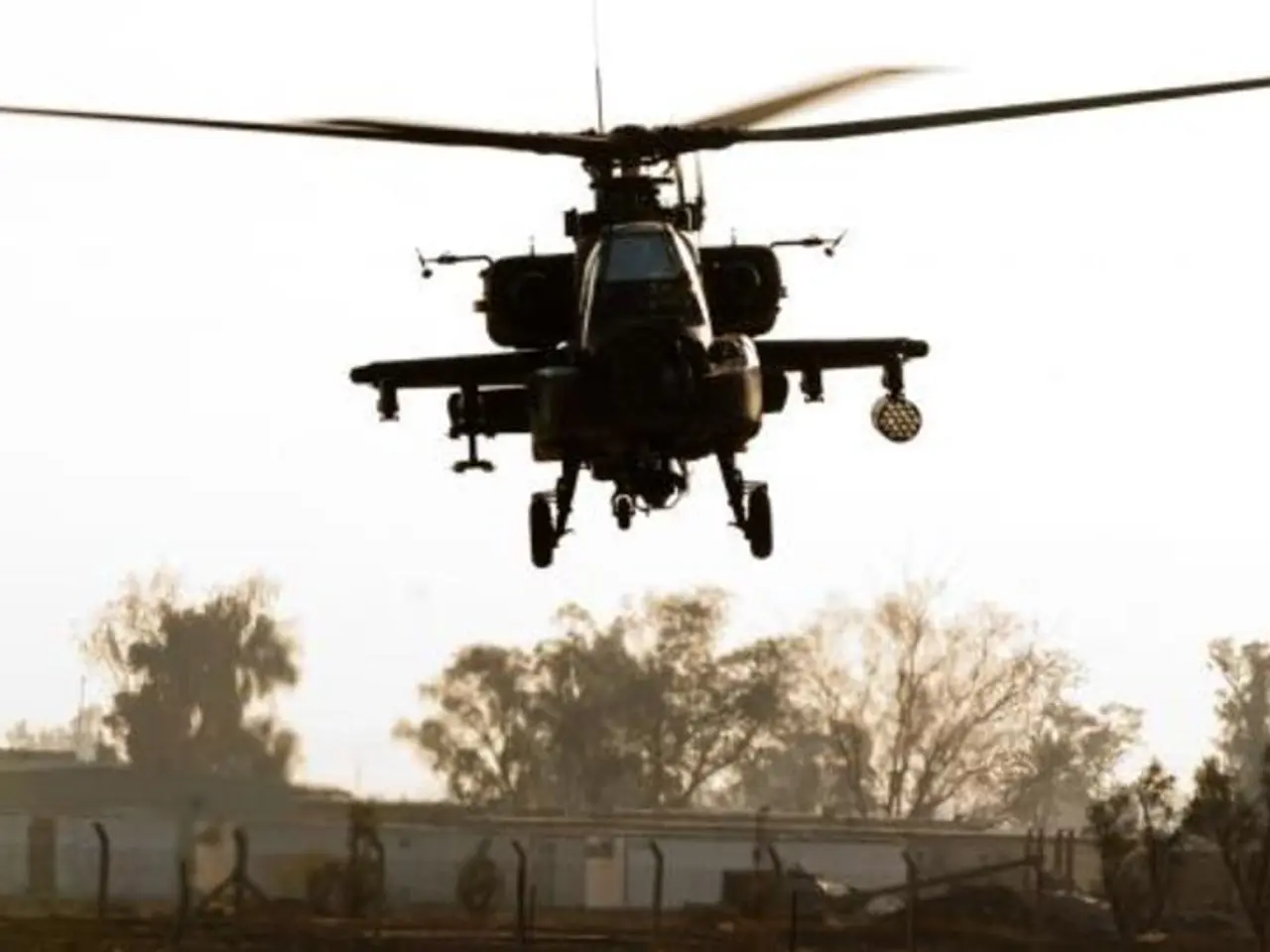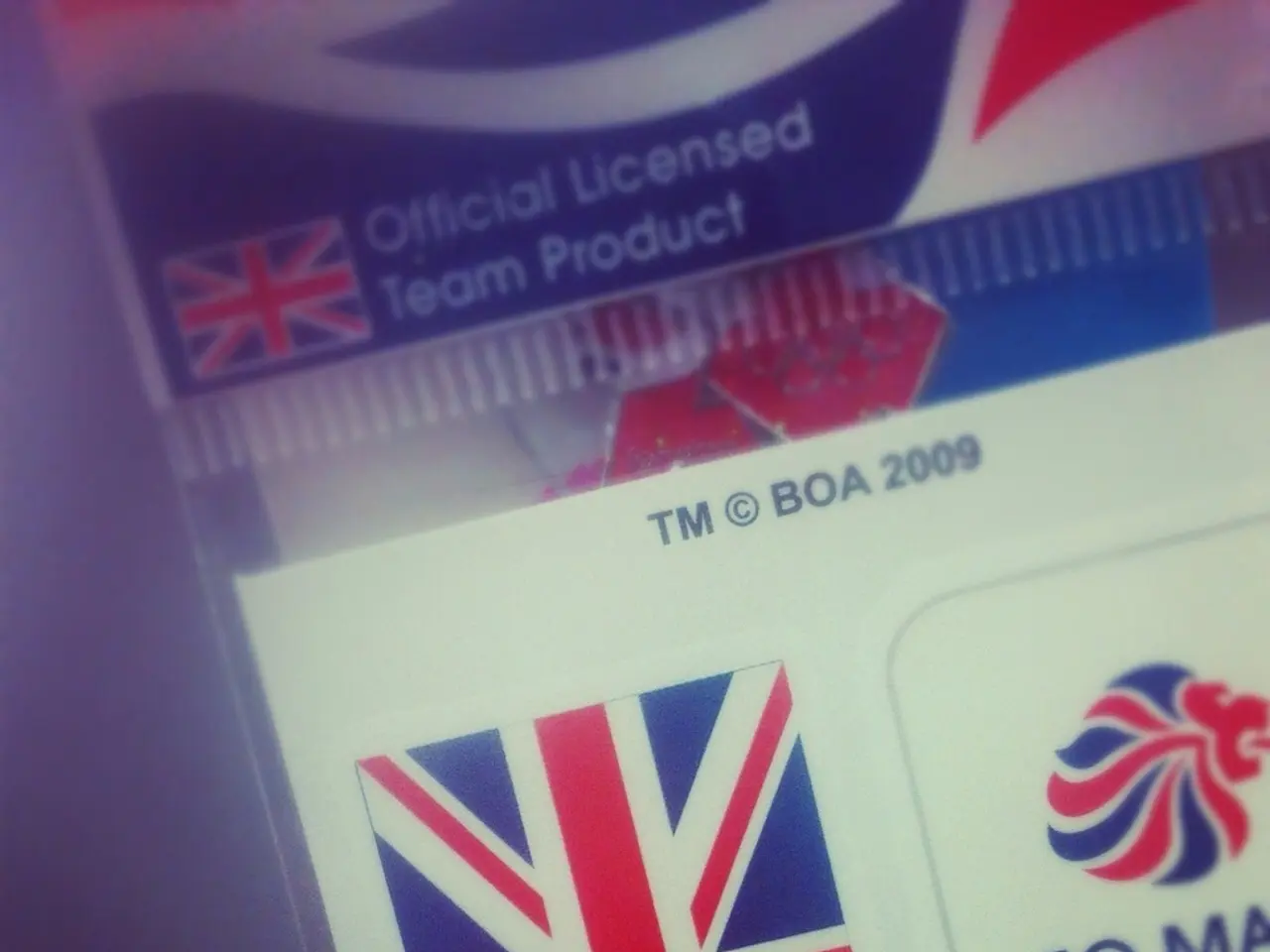Aircraft Delivery to Spanish Ministry of Interior: First Two H135 Helicopters Handed Over
Bruno Even, CEO of Airbus Helicopters, has announced that the delivery of new H135 helicopters to law enforcement agencies in Spain will aid in the continued protection and saving of lives throughout the country. This delivery, just ten months after the contract was signed, is further evidence of the Iberian success story of the H135 helicopter.
The new helicopters will replace BO105 helicopters in a wide range of missions, including police, surveillance, and rescue activities. More than 1,350 H135 helicopters are currently operated by 300 operators in 64 countries, having accumulated over 6 million flight hours.
The Spanish Guardia Civil and National Police have already received the first two H135 helicopters, with the Spanish Army already operating 16 H135 helicopters for training and support missions for the Military Emergency Unit (UME). The Spanish Air Force and Navy will receive a total of 18 H135 helicopters, with 11 and 7 units respectively.
The Minister of the Interior, Fernando Grande-Marlaska, was present at the handover ceremony, which took place at the Airbus plant in Albacete. The H135 is the fleet leader in the twin-engine market segment with more than 200 helicopters flying all over the world for law enforcement missions. Over 80 units of the H135 helicopter are already flying essential missions in Spain for over 25 years.
The H135 helicopters will join the 31 helicopters already operated by the Ministry of the Interior. The deliveries to the Spanish Air Force and Navy will begin next year, and from 2023, the three armed forces will be able to benefit from synergies in terms of training, operation, and maintenance.
The planned synergies focus on joint training programs, interoperable operation capabilities, and shared maintenance infrastructure. The H135 helicopters are part of a broader program to modernize light helicopter fleets across the armed forces, aiming to standardize pilot training and operational procedures while streamlining maintenance efforts through commonality in equipment and support systems.
The Spanish Air and Space Force has already received the first H135, intended to be used for training and operational missions, ensuring pilots across branches receive standardized instruction. The Spanish Navy is integrating the H135 P3H 'Nival' variant, with seven helicopters planned. These helicopters are undergoing flight testing alongside other systems, indicating coordinated operational development and trials.
The acquisition of the H135 fleet supports the Joint Light Helicopter program, under which the Air Force, Navy, and Army aim to share common training platforms. This ensures cross-branch pilot training can be conducted efficiently, using the same helicopter model to reduce complexity and improve interoperability.
Airbus is involved in providing maintenance support aligned with the requirements of all three services, likely through centralized programs to optimize servicing and spare parts management, to reduce costs and improve availability. The H135's modern avionics and sensor suites enable joint operations across land, sea, and air components, enhancing tactical cooperation among the services.
In summary, the acquisition of H135 helicopters by the Spanish armed forces is designed to enable joint training programs, interoperable operations with shared avionics and mission systems, and streamlined maintenance strategies, thereby maximizing cost-effectiveness and operational readiness across the Air Force, Navy, and Army.
The acquisition of H135 helicopters by the Spanish armed forces is not only a boost for their light helicopter fleets but also an integration of advanced technology in their operations, enhancing their efficiency and performance in various missions such as police, surveillance, and rescue activities. This move can be seen as a strategic step towards the modernization of the Spanish military, aligning the functions of the Air Force, Navy, and Army in terms of finance and technology.
The planned synergies, including joint training programs, interoperable operation capabilities, and shared maintenance infrastructure, will potentially lead to significant cost savings and increased operational readiness for the Spanish armed forces, while the H135's modern avionics and sensor suites will facilitate joint operations across land, sea, and air components, thereby strengthening their overall capability in sports, such as search and rescue operations.




